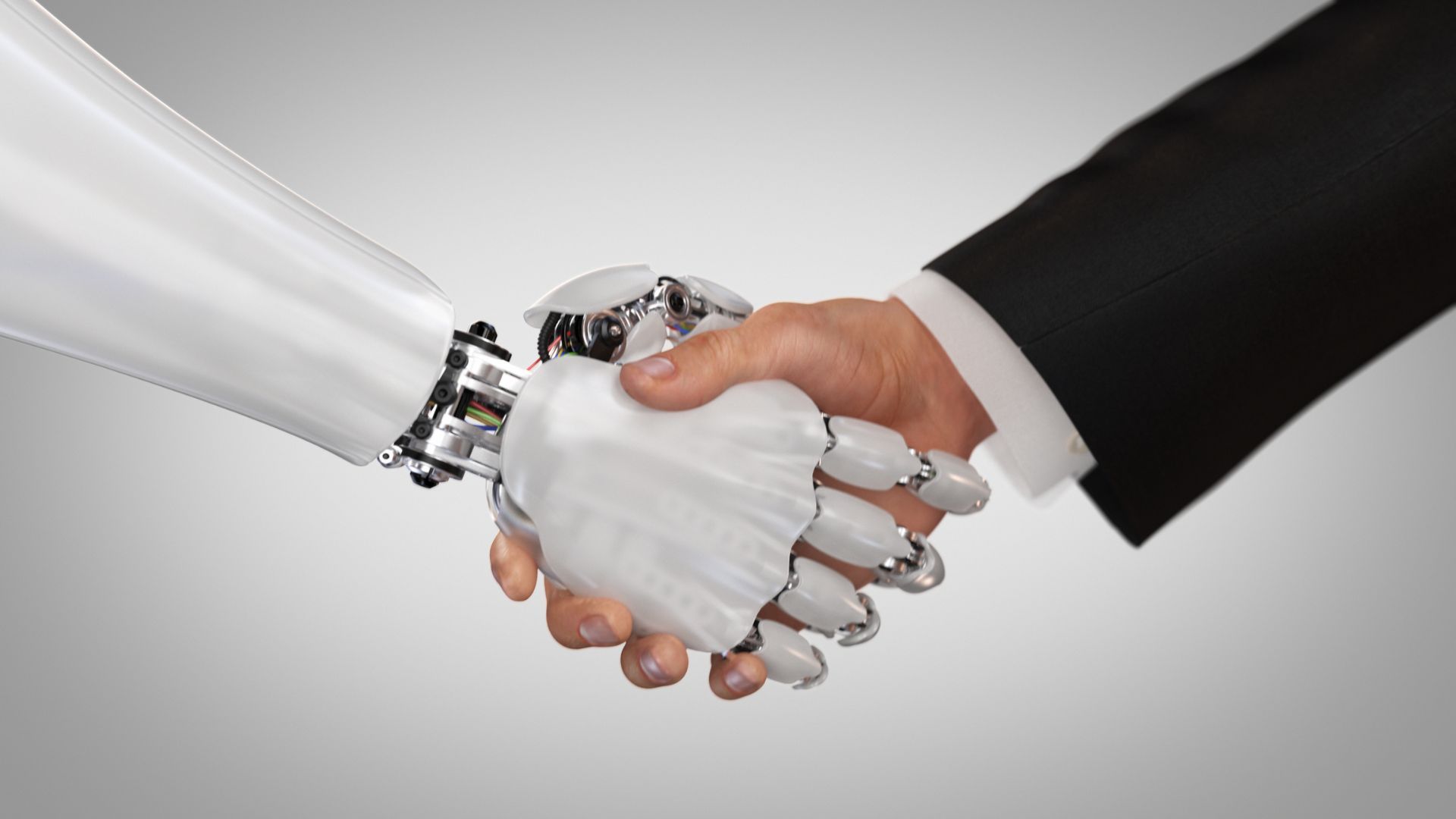Embracing Flexibility: How Work-from-Home Mandates Are Impacting The Technology industry
Katarina Mali • October 16, 2024

Embracing Flexibility: How Work-from-Home Mandates Are Shaping the Future of Recruitment
The topic of work-from-home (WFH) mandates has become a key area of focus for businesses globally. As organisations recover from the pandemic, many have grappled with how best to approach work arrangements. A recent survey has revealed that over half of local tech companies are losing employees to competitors who offer remote work options.
A staggering 74% of companies reported an increased demand for more flexible work. Companies such as Telstra and Medibank are leveraging remote work as a permanent feature to gain a competitive edge. Despite this, many businesses are not fully prepared to abandon office-based roles.
According to the same survey, 82% of CEOs anticipate that traditional white-collar roles will return to the office within the next three years. This highlights the divide between firms embracing flexibility and those holding on to pre-pandemic practices. With this growing shift, the balance between remote and in-office work continues to be a point of contention within the corporate world.
“It’s not just about attracting talent anymore; it’s about retaining the workforce you already have."
During a recent Australia Market Update, people2people Senior Legal Recruitment Consultant Katarina Mali, delved into these challenges. Katarina highlighted the increasing importance of flexibility in the current market and how businesses are addressing these demands. “It’s not just about attracting talent anymore; it’s about retaining the workforce you already have. Flexibility has become a cornerstone of this retention strategy,” Katarina remarked. Her insights reflect a broader understanding of how employee expectations have evolved post-pandemic.
As the discussion progressed, Katarina shared more data on the impact of flexible work mandates. She noted, “Organisations are finding themselves in a position where if they don’t offer some form of remote or hybrid model, they risk losing staff. This is especially true in sectors like tech and legal, where the demand for flexible work is notably high.” Her point underscores a critical shift in the recruitment landscape, where firms unwilling to adapt may find it harder to attract top talent.
The conversation then turned towards the hesitancy of some businesses to fully embrace these changes. “We’ve seen some pushback from senior leadership in traditional sectors like finance, where there’s a strong belief that productivity is tied to in-office presence.” This sentiment reflects the broader challenge businesses face: balancing productivity concerns with employee satisfaction. Yet, as Katarina reiterated, “Those who adapt are positioning themselves as more desirable employers, especially when it comes to sectors with younger, more mobile workforces.”
It’s clear that sectors once rigid in their office mandates are now beginning to reconsider their stance. “There’s been a shift in how we think about talent acquisition. We’re no longer limited by location, and this opens up opportunities for businesses to hire the best talent regardless of where they’re based,” Katarina added.
As businesses continue to navigate this complex landscape, it’s evident that flexibility will remain a vital component of the workplace going forward. However, the path forward is not without its challenges, as highlighted by the significant number of CEOs expecting a return to traditional office roles within the next few years.
- Communicate clearly and transparently: Ensure that employees understand the reasons behind work arrangement decisions. Clear communication fosters trust and alignment across teams.
- Create a flexible work policy: Businesses should strive to formalise their remote work policies, allowing employees to better balance their work and personal lives while ensuring accountability and productivity.
- Focus on outcomes, not hours: Instead of emphasising the number of hours spent in the office or online, focus on the results employees deliver. This shift in mindset can improve morale and engagement.
- Invest in the right technology: Whether your team is remote or hybrid, providing the right tools and platforms for collaboration is crucial. This includes project management software, communication tools, and cybersecurity measures.
- Encourage a healthy work-life balance: Promote wellness and ensure employees are taking breaks, stepping away from their desks, and managing their time effectively.
As the work landscape continues to evolve, businesses that prioritise flexibility, clear communication, and employee well-being will be better positioned to attract and retain top talent.
Find the job you love I Find the right talent
Get in touch with people2people
Australia I United Kingdom
In business since 2002 in Australia, NZ, and the United Kingdom, people2people is an award-winning recruitment agency with people at our heart. With over 12 offices, we specialise in accounting and finance, business support, education, executive, government, HR, legal, marketing and digital, property, sales, supply chain, and technology sectors. As the proud recipients of the 2024 Outstanding Large Agency and Excellence in Candidate Care Awards, we are dedicated to helping businesses achieve success through a people-first approach.
Find the job you love I Find the right talent
Get in touch with people2people
Australia
I
United Kingdom
In business since 2002 in Australia, NZ, and the United Kingdom, people2people is an award-winning recruitment agency with people at our heart. With over 12 offices, we specialise in accounting and finance, business support, education, executive, government, HR, legal, marketing and digital, property, sales, supply chain, and technology sectors. As the proud recipients of the 2024 Outstanding Large Agency and Excellence in Candidate Care Awards, we are dedicated to helping businesses achieve success through a people-first approach.






